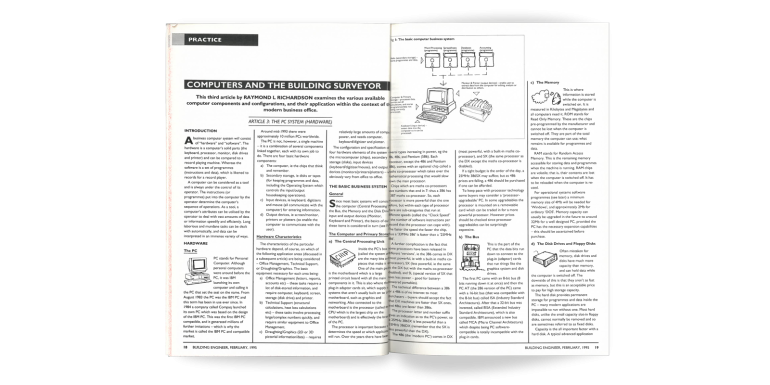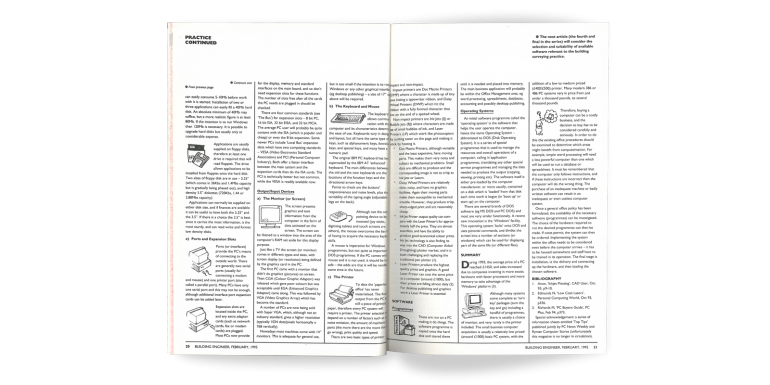100 years of CABE: A look back at 1995

CABE turns 100 years old this year. To mark this milestone, Building Engineer takes a look back at the journal through the years.
We look back through the annals of the journal from 1995 to see what the hot topics of the day were, what was facing the industry and how CABE’s professional membership responded.

Building Engineer Jan/Feb 1995
Though there is no President’s welcome, the ABE President was Robert Biggs, who is still an active member and involved in the Benevolent Fund. The journal opens with notices from the industry, notably one that calls for members to pay heed to their CPD and professional competency frameworks, though these are called ‘ABE Tests of Competence to Practice (TCP)’. It makes members aware both of TCP restructuring as ‘Evaluation of Professional Competence’ and of their deadline for completion.
Of note is a piece from the Health & Safety Comission on “new regulations aimed at improving the health and safety standards in the construction industry … The Construction (Design and Management) Regulations had been drafted to allow a flexible approach to the management of projects involving construction work. The regulations place duties on all those involved in construction work, such as contractors and designers, with the principal object of minimising the risks to all involved in carrying out the work.” This possibly has to do with the 1994 Latham Report, commissioned by UK government to investigate the perceived problems within the construction industry. Latham described the industry as “ineffective”, “adversarial” and “fragmented”.
The Latham Report resulted in the creation of the Considerate Constructors Scheme as well as the Construction Industry Board in 1995 to oversee implementation of Latham’s recommendations. According to the CIOB, the report “refers to ‘partnering’ and includes the concept of teamwork between supplier and client, in a process of continuous improvement. It required openness between the parties, ready acceptance of new ideas, trust and perceived mutual benefit.”
All of this echoes current safety legislation and the call for a Golden Thread of Information with more transparent procurement and transactional relationships and a less adversarial approach.
Features in this issue cover: a contaminated land registry proposal; raising awareness of Radon, soakaways and building control with an ABE technical panel; a prophetic piece on how people will no longer use office buildings; how to reline existing chimneys for a range of heating appliances; how the commercial built environment can be made more accessible; a review of several developer vs building control disputes; and a fascinatingly dated piece on the usefulness of computers for work.
In this latter feature, alongside definitions of what is meant by ‘hardware’, ‘software’, ‘disk drives’, ‘floppy disks’ and ‘PCs’, it states: “As a tool, a computer’s attributes can be utilised by the operator to deal with vast amounts of data or information speedily and efficiently. Long laborious and mundane tasks can be delt with automatically and data can be interpreted in an immense variety of ways. The computer can be considered a tool and is always under the control of its operator.” Members in 1995 could not have imagined working on smartphones and tablets on-site and the current preoccupation with AI.









